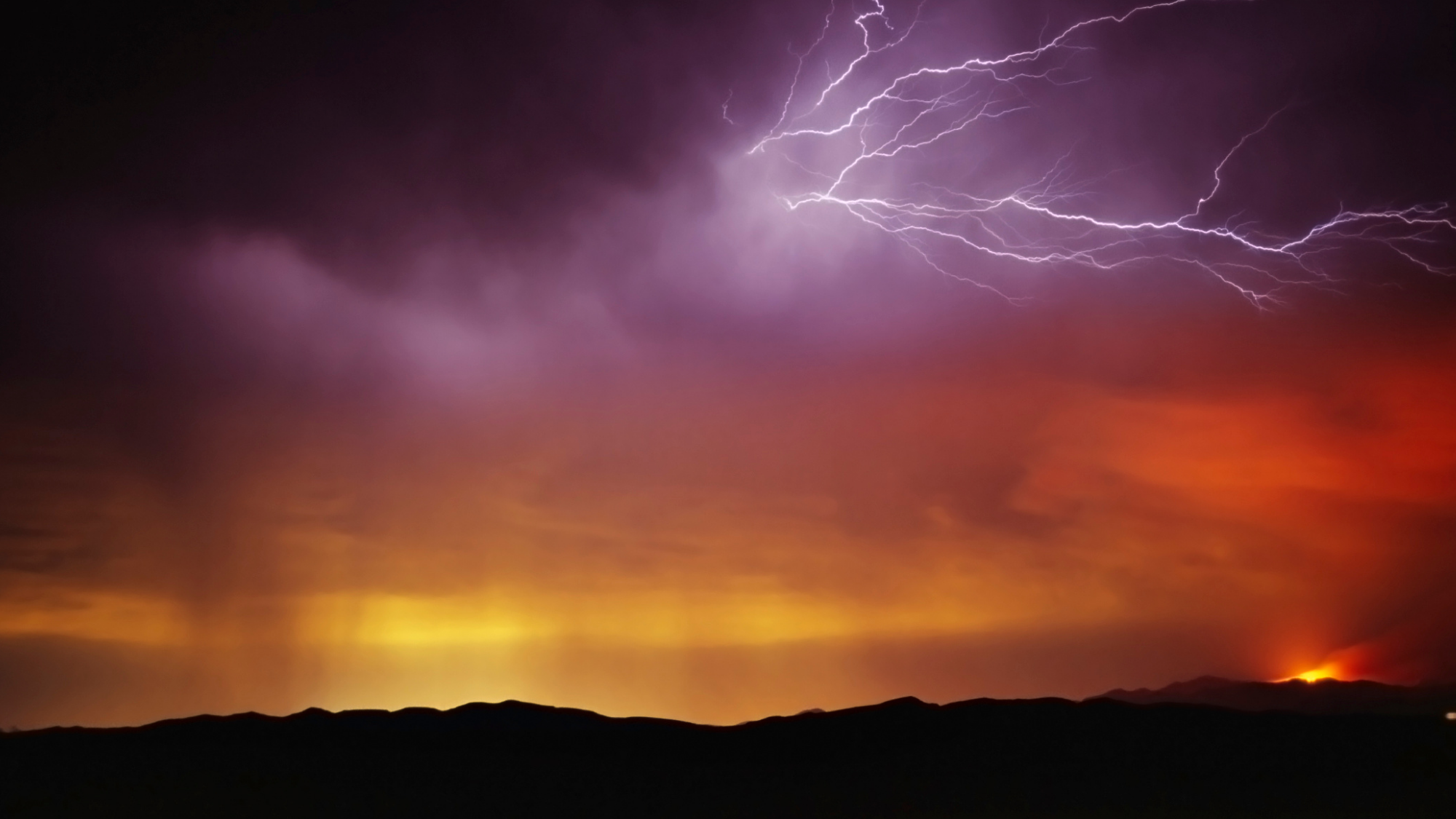Careful observation and data collection are practices that all scientists and naturalists employ to aid in exploring and understanding the natural world. Weather provides a great way for students to practice both, as they watch from their window or take measurements outside. As students begin to detect patterns and notice differences in weather, questions emerge: how do clouds affect temperature? What about wind? Is what I’m seeing normal for this time of year? Diving into weather observations reveals a world of phenomena at play all around us every day.
This lesson is designed to run over the course of a week or more, requiring small time commitments of 5-10 minutes each day from individual students and then either group or self-reflection and analysis at the conclusion.
Materials:
Weather Observation Teacher Guide (
PDF |
HTML)
Weather Observation Data Sheet (
PDF |
HTML)
Optional: Pair this lesson with our Cloud Observation Activity.
Post by: Spencer



